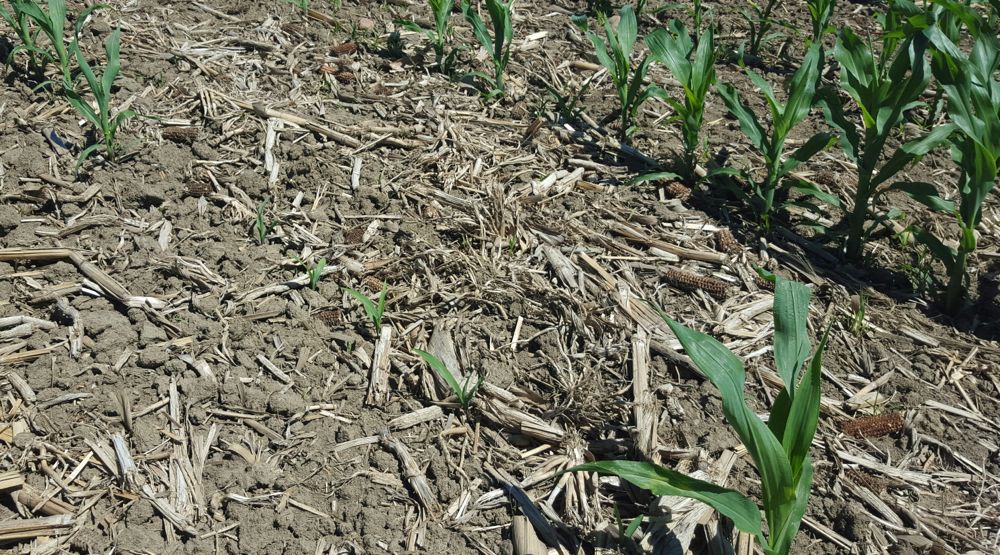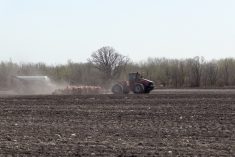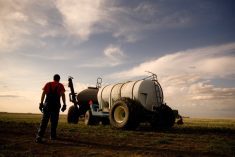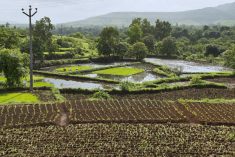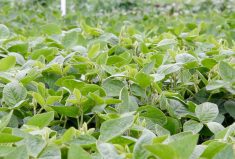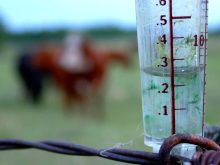Times are tough for corn and soybean growers across parts of Ontario, with reports of wrapped leaves and low moisture levels. Hardest hit are the areas north of Toronto, through parts of Niagara and across eastern Ontario, where moisture levels in some locations are less than half of normal levels for May through to late June.
Far from declaring crop failures, Gilles Quesnel has been around long enough to know many mid-season horror stories and forecasts of crop failures are exaggerated.
“I’ve been through this too many times before,” says Quesnel, an independent agronomist from Winchester, Ont. “We’re at the point where we’re starting to lose some yield, but if we don’t get rain this week, we haven’t lost the corn crop or the soybean crop in my estimation.”
Read Also
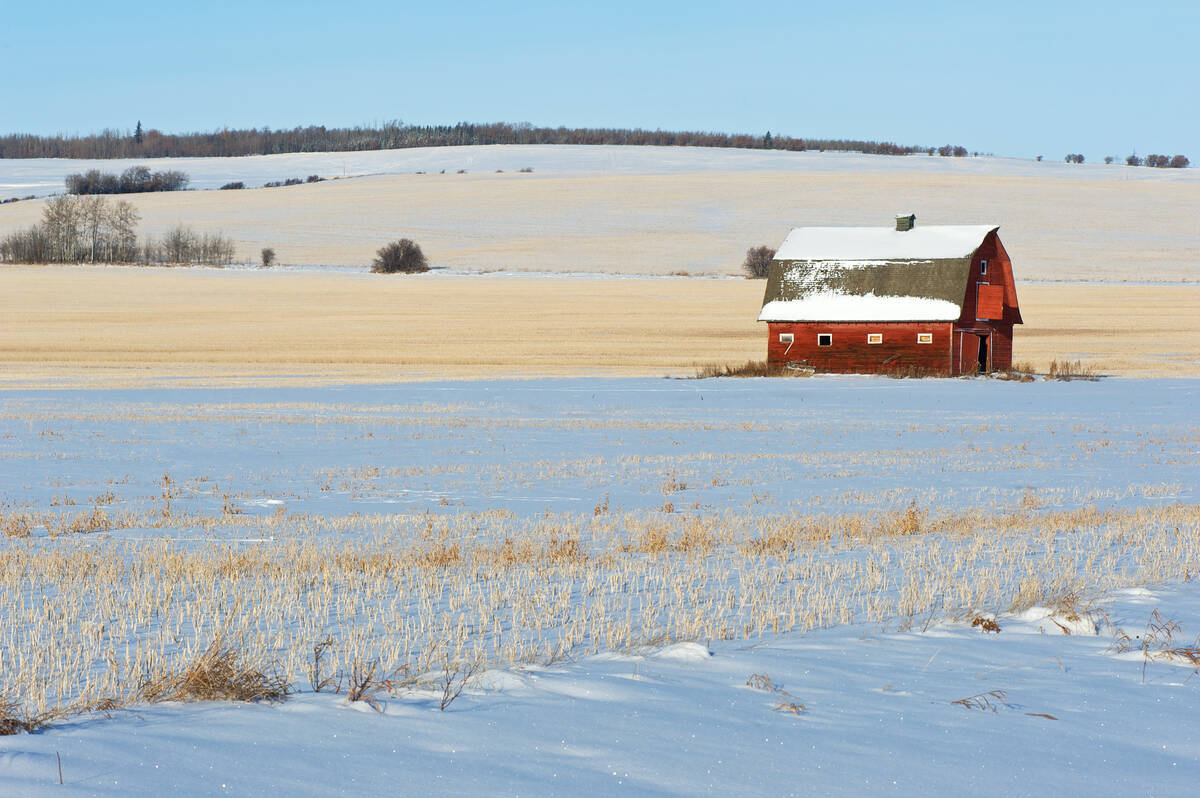
Prairie forecast: Plenty more chances for snow over Holidays
The pattern of Pacific storm system after Pacific storm system looks set to continue for a while longer. We begin this forecast period with a heavy snowfall warning in effect across parts of Alberta.
He received a few millimetres in his area on Tuesday night and heard anecdotal reports of substantial rainfall — upward of an inch — in the Peterborough and Renfrew regions. That rain has cooled the talk about drought in those particular districts. Yet Quesnel believes up to two-thirds of the corn in the region shows signs of drought stress –- wrapping or curling of the leaves –- during the heat of day. Roughly a quarter of the corn is showing signs of drought stress first thing in the morning; the overnight temperatures aren’t enough to help corn plants recover.
“It’s not all bad because the crop was planted early; it’s not behind, but do we have enough moisture?” asks Quesnel. “I would say half of the corn would be waist-high by July 1, but that’s not going to happen (this year) because we’re short of moisture. It’s critical, but what we’re losing is a bit of yield potential right now. We’re not losing the corn crop at this point.”
If it doesn’t rain for another three weeks, however, the losses will start to mount.
Other reports out of the region talk about wrapped and folded leaves, but many of those are on sharp sand and tough clays. Quesnel agrees those fields are struggling, but notes some of them likely had issues with emergence where the soils might have been overworked or the seedbed was little bumpy, and now they’re seeing uneven emergence, dropping plant populations.
“The population is down enough that it’s going to have some impact on yield, and then this drought factor is compounding things from there,” says Quesnel, estimating roughly 20 per cent of fields in the region are in this category.
In terms of recorded precipitation levels, he’s gathered data on the season, and for May 1 to June 20, Quesnel has recorded 75 mm of rain, where the norm is around 140 mm. Added to that are precipitation levels that were below normal through the end of April.
All of this makes drought a concern, but as he says, there is still time, and corn and soybeans have remarkable recuperative powers, indicating it’s seldom a matter of “how much” rain may fall, and more a matter of “when.”
“At one point, ear determination is going to start to occur, and it will be important to get rain,” says Quesnel. “Farmers point out — correctly — that we’re starting out behind, that we’re starting with a lack of rain, and that the season is just starting. But Eastern Ontario is worst hit when we have an excess of moisture not a lack of moisture.”
— Ralph Pearce is a field editor for Country Guide at St. Marys, Ont. Follow Ralph on Twitter at @arpee_ag.

